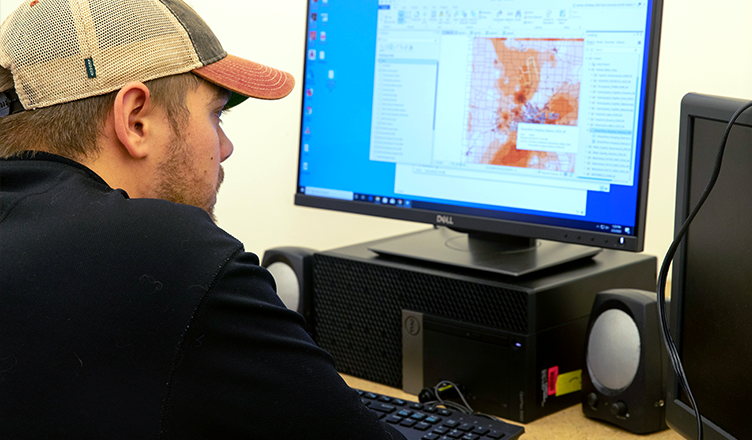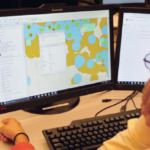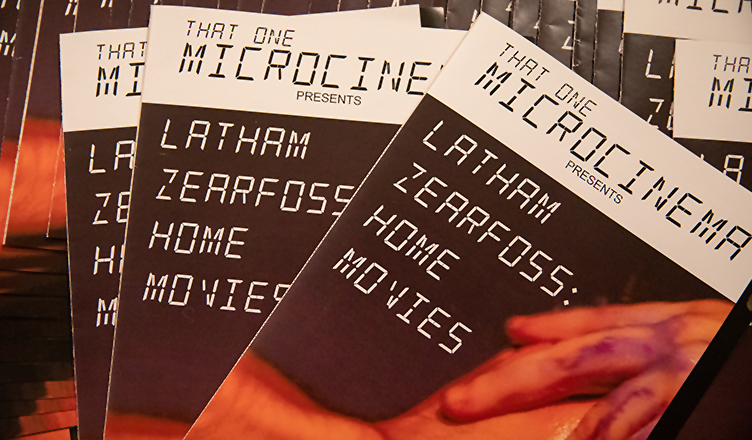Take the Muncie Challenge! Students in the Community Collaboration and Service Learning in Wellness Management class spent spring semester (2020) talking with Muncie residents to uncover what they love about their city and then working with some of those same residents to help others experience Muncie in a new light and find ways to make Muncie a little better each day. Students had fun and found a new appreciation for Muncie. They then got to share their perspective on how others can take advantage of the great places they learned about. Students can take what they learned and put it into practice where ever they find themselves in the future.
So what is the Muncie Challenge? The Challenge encourages you to take action in 10 areas. These include: Eat, Connect, and be Social; Get Moving; Show Your Community Pride; Enjoy Muncie Parks and Markets; Connect Professionally; Experience Muncie Culture; Give Back to your Community; Jump into the Arts; Learn and Grow; and Use the Cardinal Greenway. You can participate at 3 levels. First, try one or two activities in each area or “Give it a Go.” The you can do some more or “Take a Step Further” and “Make it a Habit.” Download your passport and get started today!
Faculty Mentors: Jane Ellery
Departments: Kinesiology
Community Partner:
Student Team:
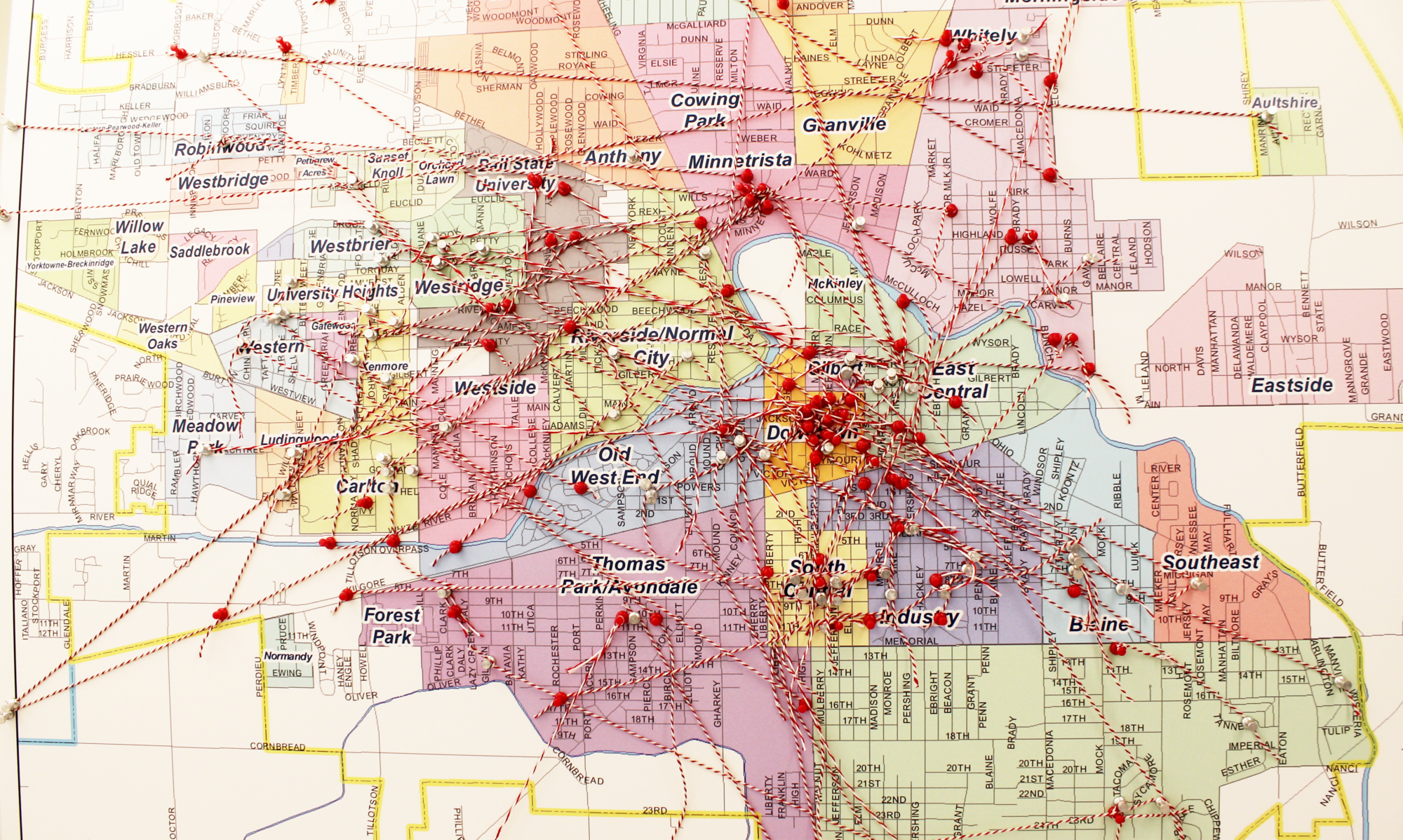
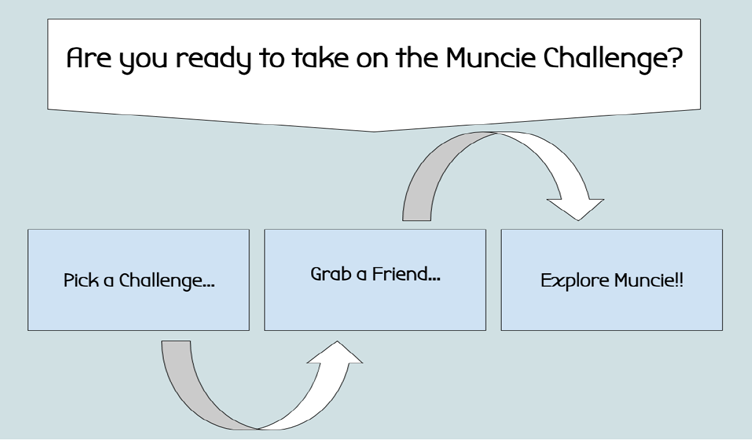
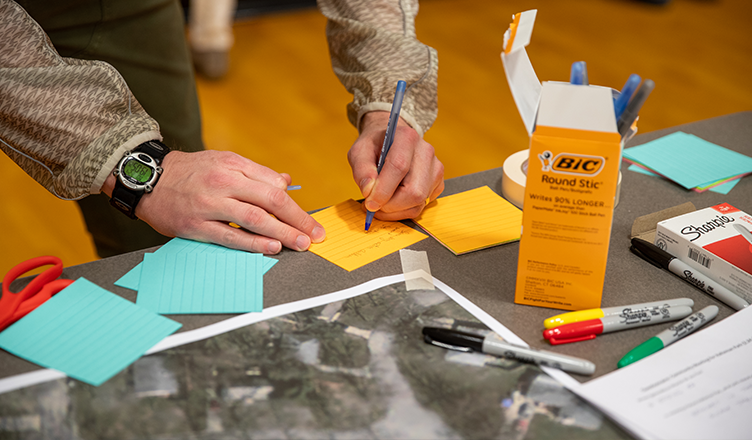
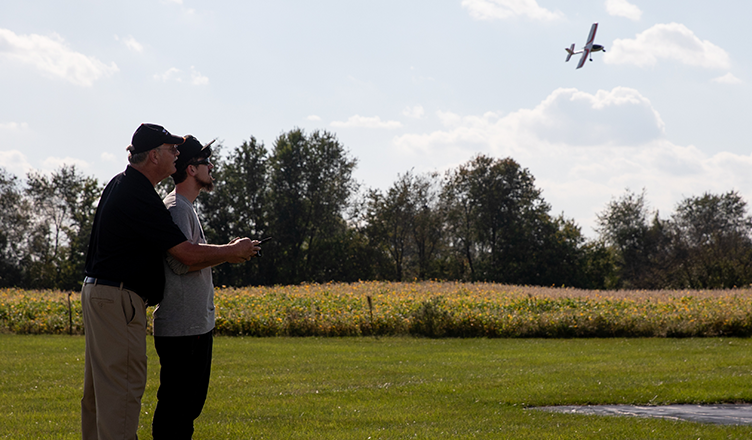
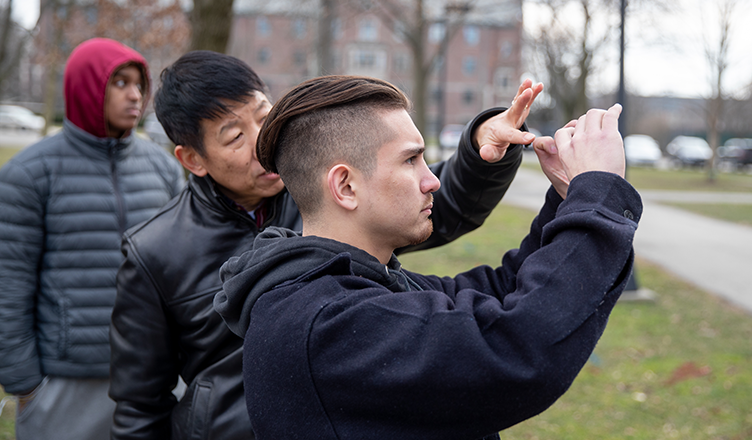
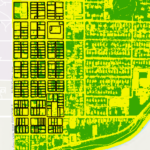 Social well-being and quality of life can be measured using indicators like income, housing, education, health, and the physical environment of an area. In this immersive learning Building Better Neighborhoods project, students evaluated the quality-of-life for residents in the Riverside-Normal City Neighborhood in Muncie. They assessed the living quality for each housing unit in the neighborhood, including the building’s health, physical environment, and its adjacency to community amenities and hazards. Features, such as driving and walking distance to nearest grocery stores, parks, and other amenities, were derived from existing GIS layers or extracted from high-resolution aerial photos in the GIS lab at Ball State University. Additionally, the students used smartphones equipped with thermal infrared cameras to collect information on structure heat loss, road conditions, and lawn health. The students integrated the collected data into a living quality geodatabase of Muncie neighborhoods for further analysis.
Social well-being and quality of life can be measured using indicators like income, housing, education, health, and the physical environment of an area. In this immersive learning Building Better Neighborhoods project, students evaluated the quality-of-life for residents in the Riverside-Normal City Neighborhood in Muncie. They assessed the living quality for each housing unit in the neighborhood, including the building’s health, physical environment, and its adjacency to community amenities and hazards. Features, such as driving and walking distance to nearest grocery stores, parks, and other amenities, were derived from existing GIS layers or extracted from high-resolution aerial photos in the GIS lab at Ball State University. Additionally, the students used smartphones equipped with thermal infrared cameras to collect information on structure heat loss, road conditions, and lawn health. The students integrated the collected data into a living quality geodatabase of Muncie neighborhoods for further analysis. 